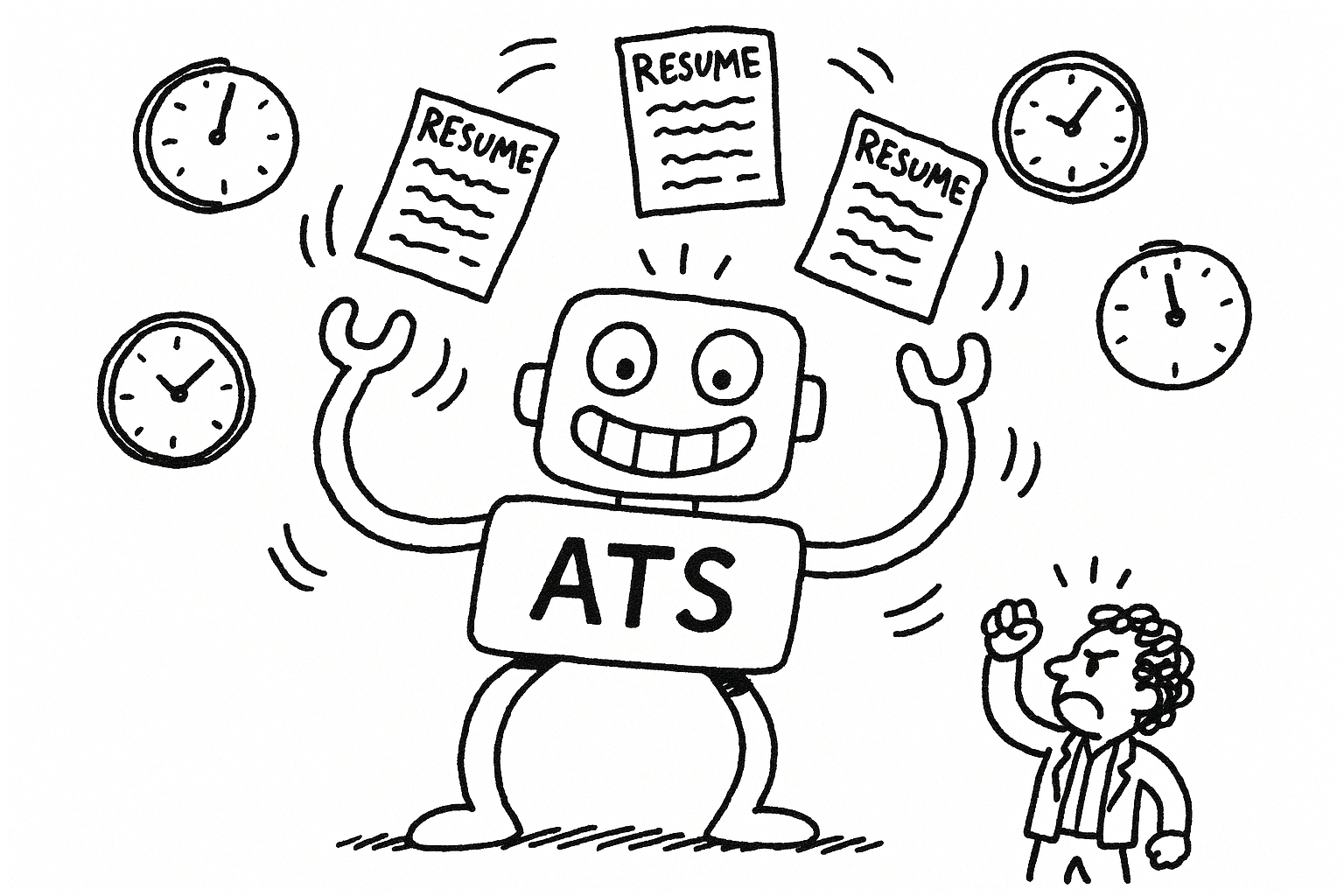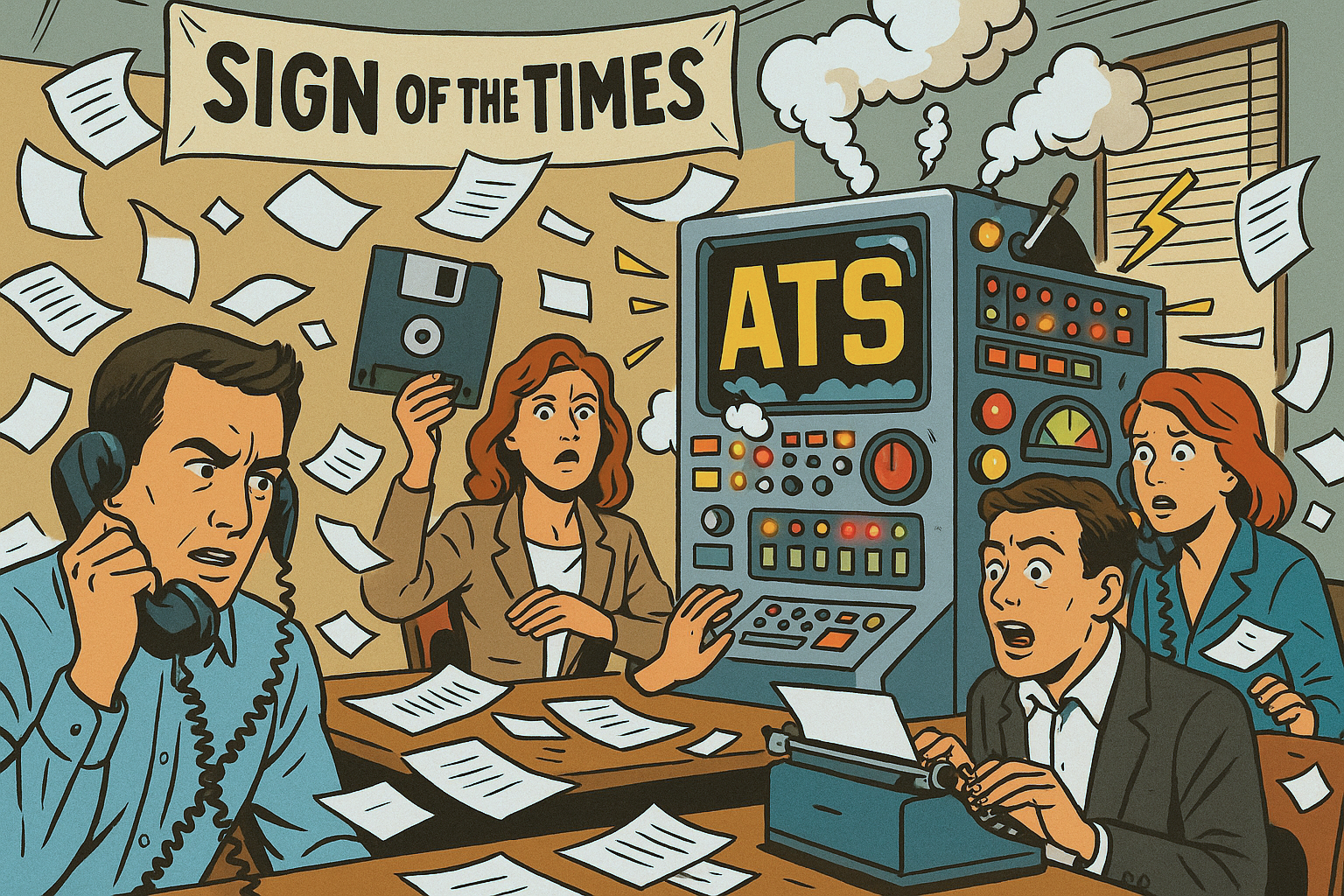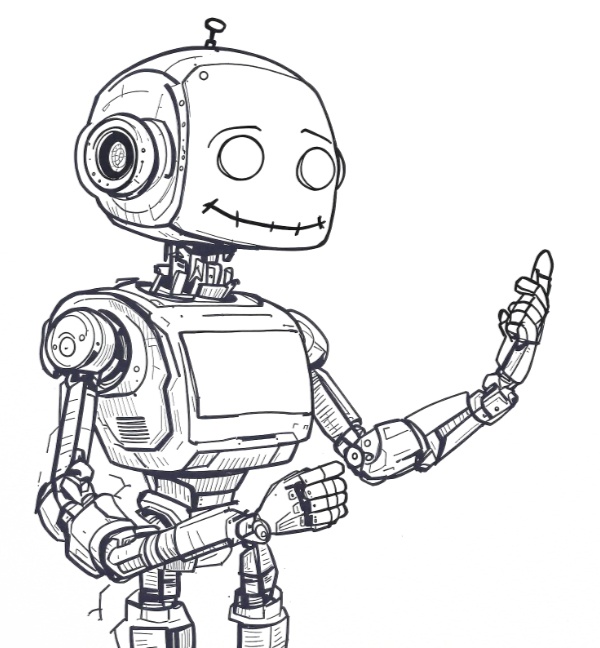So you’re a recruiter at a buzzing tech startup. It’s 2018, and you’re knee-deep in a hiring sprint for a hotshot Python developer. The resumes are piling up - hundreds of them - and you’re feeling pretty good about your shiny new Applicant Tracking System (ATS). It’s supposed to be your trusty sidekick, right? Fast forward a couple of hours, and you’re cursing under your breath because the “Back” button just ate your last 20 minutes of work. Poof, gone. Then you spot it: the perfect candidate’s resume, buried under a pile of digital nonsense, missed because your ATS decided “Python” wasn’t a keyword worth flagging that day. That’s when it hits you - your ATS isn’t helping. It’s sabotaging you.
I’ve been there. Not that exact moment, mind you, but close enough. Years ago, I was helping a friend at a mid-sized firm untangle their recruitment mess. They’d sunk serious cash into an ATS that promised the moon - AI matching, seamless workflows, the works. Instead, they got a clunky beast that made candidates vanish like socks in a dryer. It got me thinking: how many companies are out there, quietly losing talent because their tech is working against them? Turns out, a lot. So let’s unpack this. Here are five sneaky ways your ATS might be tanking your recruitment game - and what we’ve learned along the way to fix it.
Okay, so first up: navigation disasters. Ever tried applying for a job where hitting the “Back” button feels like stepping into a void? I’ve seen candidates - good ones - drop off mid-application because the ATS wouldn’t let them fix a typo without starting over. It’s not just a glitch; it’s a neon sign screaming “user experience nightmare.” Terrible for recruiters and terrible for candidates. Studies back this up - about 60% of job seekers ditch applications that take too long or feel too fiddly. And it’s not just candidates who suffer. Recruiters lose hours wrestling with interfaces that fight them at every turn. Back in the early days of ATS, this was par for the course - think late ‘90s software with more bugs than a picnic. But it’s 2025 now. We’ve got no excuse for systems that can’t handle basic navigation without turning into a horror show.

Here’s something else that drives me up the wall: job descriptions that sound like they were written by a robot with a thesaurus. If your ATS can’t help you craft postings that actually speak to humans, you’re in trouble. We all saw job ads so stuffed with buzzwords - “synergy,” “disruptor,” “ninja” - that it read like a parody. No surprise, those don’t pull in the right people. A good ATS should nudge you toward clear, inclusive language that hooks the talent you want, not scare them off with corporate gobbledygook. Back when job postings were just newspaper classifieds, brevity was king. Now, we’ve got room to breathe, but too many systems still churn out garbage that misses the mark. Why is that still a thing?
Ever wonder why you can’t find that one candidate you know is in the system? Limited search capabilities - that’s why. I’ve watched recruiters type in “Java developer with microservices” and get a blank stare from their ATS. It’s like asking a librarian for a book and being told, “Sorry, we only search by title”. This isn’t just annoying; it’s a talent sieve. The best candidates slip through because your system can’t handle complex queries or match skills smartly. Early ATS platforms were basically glorified filing cabinets - keyword in, resume out. But today, with AI and natural language processing on the table, there’s no reason your ATS shouldn’t be digging deeper. If it’s not, you’re leaving gold on the table.
And then there’s the time suck. Oh boy, the time suck. Picture this: your team’s spending over half their day - 60% or more - on stuff like data entry or fixing formatting because the ATS won’t automate it. I had a buddy who’d export candidate profiles one by one, ten minutes each, just to keep the process moving. Ten minutes! That’s not recruiting; that’s punishment. Automation’s been the promise since ATS hit the scene decades ago, but if your system’s still got you drowning in manual tasks, it’s not delivering. Recruitment’s about people, not paperwork. When did we forget that?
So where did this all start going wrong? Back in the day - say, early 2000s - ATS systems were a revelation. They took paper resumes and turned them into searchable databases. Game-changer, right? But as hiring got more complex, with bigger volumes and pickier candidates, those old bones couldn’t keep up. Companies patched them with workarounds, duct-taping new features onto creaky frameworks. Fast forward to now, and too many are still running on tech that’s one step above a Rolodex. Meanwhile, candidates expect mobile-friendly apps and instant replies - stuff your average ATS wasn’t built for. It’s a clash of eras, and the cracks are showing.
The Hidden Cost of a Bad ATS
Let’s get real for a sec. A bad ATS doesn’t just waste time - it trashes your reputation. Candidates talk. If your application process feels like a maze, they’ll tell their friends, “Don’t bother with that place”. I’ve seen it happen - folks ghosting mid-process because the system was too slow or too confusing. LinkedIn says 60% lose interest if hiring drags past two weeks. And on your end? You’re losing top talent to competitors who’ve got their act together. It’s not just a tech problem; it’s a brand problem. Your ATS is your front door - make it a good one.
But here’s the kicker: it’s not always obvious. You might think, “Oh, we’re fine, we’re hiring people.” Sure, but are you hiring the best people? Or are you settling because the good ones bailed when your ATS threw up roadblocks? I’ve wondered this myself - how many rockstars slipped away because the system couldn’t keep up? There’s no stat for that, just a gut punch when you realize it’s happening.

What about the tech itself? Some argue ATS systems are victims of their own success - too many features piled on, turning them into bloated messes. Others say it’s user error - recruiters not tweaking settings right. I’ve seen both. One company I know had an ATS that could do everything except what they needed because no one bothered to customize it. Another had a team so stuck in their ways they wouldn’t switch from a dinosaur system that crashed weekly. Both are true, and both are fixable. But it takes admitting the problem first.
A Smarter Path Forward
So, we’ve got navigation woes, URL chaos, lousy job postings, weak search, and a time vortex. Sound familiar? It’s not all doom and gloom, though. The fix starts with looking at what’s out there now. Take radical adaptability - systems that mold to your workflow, not the other way around. We created Machine Hiring a while back, and it’s a breath of fresh air for you. We’re not just slapping AI on an old platform; we’re building from scratch to fit your quirks. Custom pipelines, smart integrations, real automation - not the fake stuff that leaves you picking up the pieces. It’s like they we every complaint your’ve ever had about ATS and said, “Yeah, we can do better.” Check us out at machinehiring.com - it’s worth a peek.
But here’s where it gets fun: what if the problem’s bigger than tech? What if we’re asking ATS to do too much? Back when I started in this game, recruitment was about gut calls and phone chats. Tech was a tool, not the boss. Now, we’re so hooked on automation that we forget the human bit. Maybe the real sabotage isn’t the ATS - it’s us leaning on it like a crutch. I don’t have the answer yet, but it’s a question that keeps me up. How do we blend the old-school art with the new-school smarts?
Look, I’m not saying ditch your ATS tomorrow. But if it’s got you yelling at your screen - or worse, losing people you’d kill to hire - something’s gotta give. Start small. Test your “Back” button. Peek at those URLs. Run a dummy search. Clock how much time you’re wasting. You’ll see the cracks quick enough. Then ask: is this thing working for me, or am I working for it? That’s your first step to turning this mess around.


